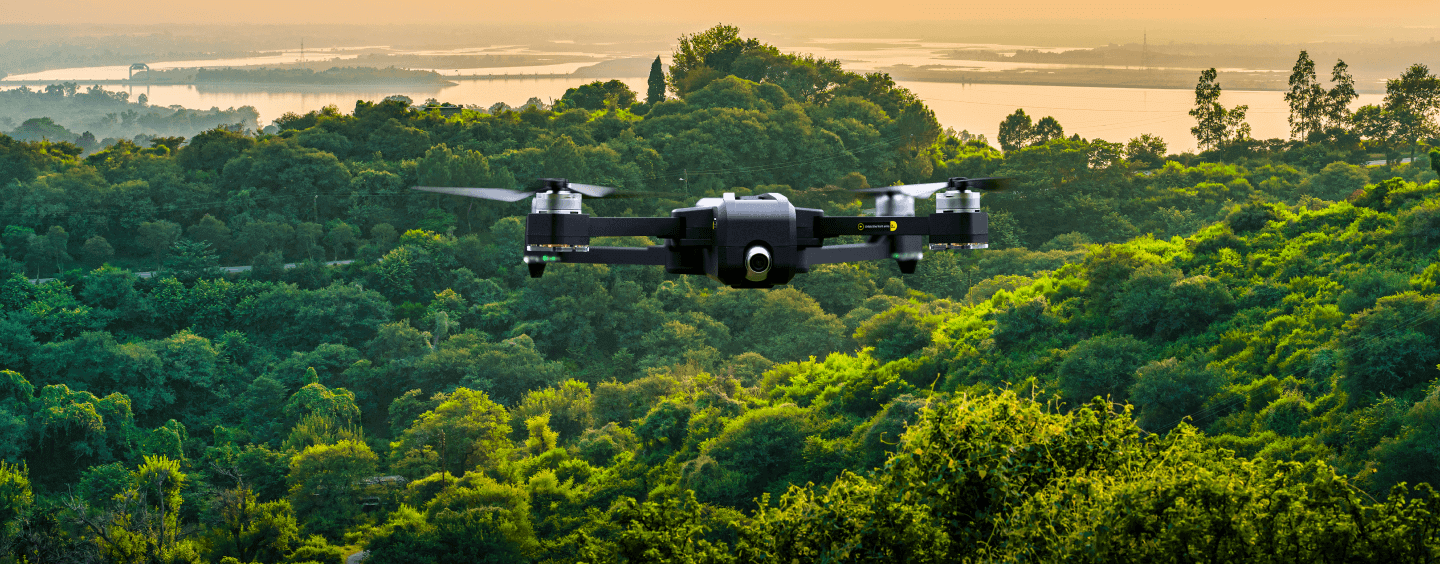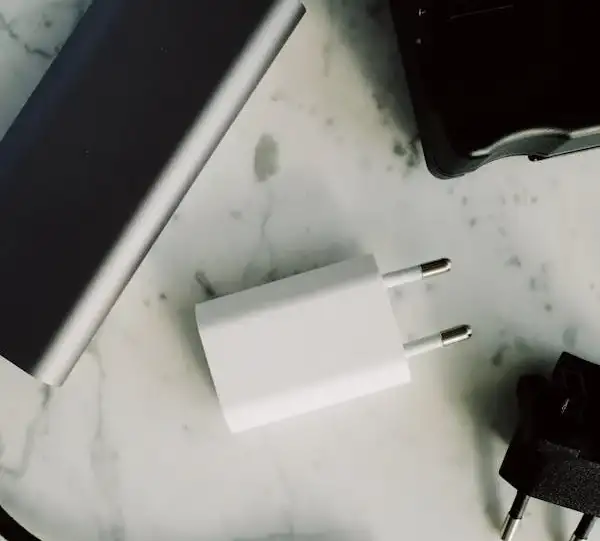
Have you ever wondered how we can protect our delicate ecosystems from invasive species? Invasive species are non-native plants, animals, or pathogens that cause harm to the environment, economy, or human health. These species can disrupt the natural balance of an ecosystem, outcompete native species, and even drive some species to extinction. In order to combat this threat, scientists and conservationists have developed innovative aerial solutions for invasive species treatment.
The Problem of Invasive Species
Invasive species pose a significant threat to biodiversity and ecosystem health. They can rapidly reproduce, spread, and dominate new habitats, outcompeting native species for resources such as food and shelter. This can result in the loss of native species, disruption of natural food chains, and a decline in overall ecosystem resilience.
Traditional Methods of Invasive Species Control
Traditionally, invasive species control has relied on manual labor and ground-based techniques. This includes methods such as hand-pulling, mowing, and chemical spraying. While these methods can be effective for small infestations, they are often time-consuming, labor-intensive, and may not be practical for large-scale treatment.
Aerial Solutions: Taking Invasive Species Control to New Heights
Aerial solutions for invasive species treatment have revolutionized the way we approach this problem. By utilizing helicopters, drones, and other aircraft, we can cover large areas quickly and efficiently, reaching remote or inaccessible locations that would otherwise be difficult to treat.
1. Aerial Spraying
Aerial spraying involves the targeted application of herbicides or pesticides from aircraft. This method is particularly effective for treating large infestations or hard-to-reach areas. It allows for precise targeting of invasive species while minimizing harm to non-target organisms.
2. Biological Control
Biological control is another aerial solution that involves the introduction of natural enemies or predators to control invasive species. This can include the release of insects, fungi, or pathogens that specifically target the invasive species. Aerial deployment allows for widespread distribution of these natural enemies, increasing their effectiveness in controlling the invasive population.
3. Seed Dispersal
In some cases, invasive species control can involve the dispersal of native plant seeds from the air. By introducing native plants to an area, we can help restore the balance of the ecosystem and outcompete invasive species. Aerial seed dispersal is particularly useful for reestablishing vegetation in areas that have been heavily impacted by invasive species.
The Benefits of Aerial Solutions
Aerial solutions for invasive species treatment offer several key benefits:
- Efficiency: Aerial methods can cover large areas quickly and efficiently, allowing for the treatment of vast landscapes in a short amount of time.
- Precision: Aerial spraying and seed dispersal can be targeted to specific areas, reducing the risk of harm to non-target organisms and minimizing the use of chemicals.
- Accessibility: Aerial methods can reach remote or difficult-to-access locations, ensuring that invasive species are treated in all areas of an ecosystem.
- Cost-effectiveness: While aerial solutions may require initial investment in equipment and training, they can be more cost-effective in the long run by reducing the need for manual labor and ground-based treatments.
Conclusion
Preserving the delicate balance of our ecosystems is vital for the health and well-being of both humans and wildlife. Aerial solutions for invasive species treatment offer a powerful tool in our efforts to protect biodiversity and restore damaged ecosystems. By utilizing helicopters, drones, and other aircraft, we can efficiently treat large areas, target specific invasive species, and minimize harm to non-target organisms. With continued research and innovation, aerial solutions have the potential to revolutionize invasive species control and help preserve the diversity and beauty of our natural world.


